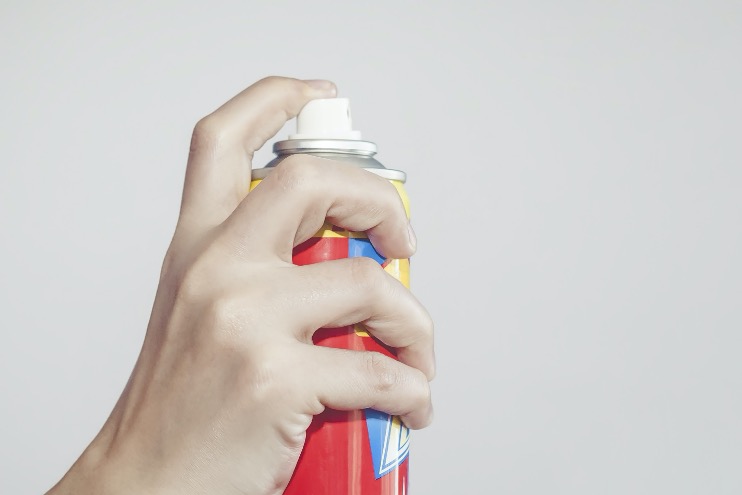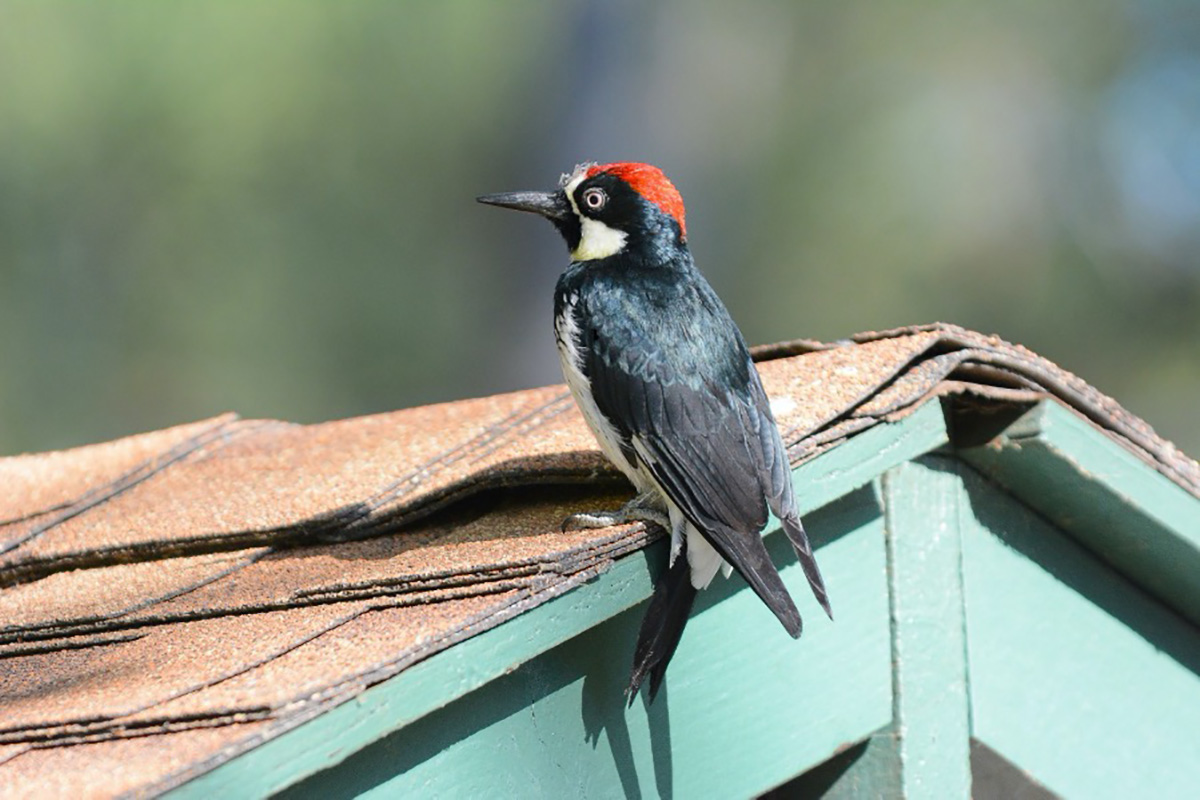Pests LOVE Wood & Vinyl Siding For Food & Shelter.
But Here’s Why They Won’t Touch Hardie With A 10-Foot Pole.
BY JEFF BROOKS, FOUNDER
One benefit of James Hardie siding that doesn’t get much hype is how pest-resistant it is. Central MA is home to all kinds of critters that can seriously damage wood and vinyl siding. Yet these same pests who LOVE vinyl and wood won’t touch fiber cement siding.
For example, here’s a video testimonial James Hardie recently shot with a homeowner having a serious woodpecker problem width their old siding:
This video testimonial inspired me to write about the other kinds of pests that pose problems for vinyl and wood siding… but NOT for James Hardie fiber cement.
Let’s get started…
Pest Problems With Wood Siding In Central MA
As you can imagine, wood siding attracts all sorts of animals and bugs. A food source for some creatures and shelter for others, wood siding’s common enemies include…
- Termites: When it comes to destroying wood siding, the termite is king. Experts say a colony of 60,000 termites can eat a 2×4 wood beam within five months. Five months might seem like a long time, but termites can cause YEARS worth of damage under your siding before you notice.
- Powderpost Beetles: Powderpost beetles take the silver medal in wood-eating ability. Their larvae bore dozens and dozens of small tunnels in your siding as they feed on the wood. Not a pretty picture.
- Carpenter Ants: Carpenter ants are partial to moist wood since it’s soft and easy to chew through. Wood isn’t actually a food source for carpenter ants, though. They bore into it to make nests.
- Carpenter Bees: These are in the same camp as carpenter ants. Carpenter bees bore into soft wood to make their nests. Wood siding? It’s a “dream home” for this type of bee.
- Woodpeckers: As you saw in the video above, woodpeckers poke through wood to find food (i.e., bugs) inside. For a woodpecker, your wood siding looks like a 10-course meal.
Bottom line: Wood siding acts as food, shelter, and a breeding ground for all kinds of pests. You can take certain measures to keep them away, but it requires diligence… and lots of it.
Pest Problems With Vinyl Siding In Central MA
Think vinyl siding is more pest-proof than wood siding? Think again. While it doesn’t have the same pest problems as wood, vinyl siding has its own set of issues—issues that start the moment it’s installed.
One of the biggest problems is vinyl siding’s high expansion and contraction rate. When a contractor installs vinyl siding on your home, they have to leave gaps in certain spots so the siding can expand and contract freely. If the contractor doesn’t do this, the siding can crack, buckle, and warp as the panels push against each other.
The gaps in vinyl siding can be as big as a 1/4th an inch—more than enough room for insects like spiders and wasps to get through. Wasp nests cause particularly large problems for homeowners with vinyl siding… so much so that it’s common for contractors to have wasp spray on hand when removing old vinyl siding!

Bottom line: Pests may not eat vinyl siding, but they do love setting up shop under it. Unfortunately, vinyl siding is susceptible to this problem the day it’s installed.
Due to the gaps vinyl siding needs to expand and contract, there isn’t much you can do to prevent pests. You just have to hope they won’t infiltrate your vinyl siding… and take action to eliminate them if they do.
James Hardie Fiber Cement: Central MA’s “Zero-Pest-Appeal” Siding
James Hardie siding is immune to the pest problems of wood and vinyl. Woodpeckers won’t poke holes in it. Termites won’t munch on it. Wasps have a near-impossible time penetrating it.
Why? Fiber cement is just a much superior siding material. It is stronger, more weather-resistant, and does not require large gaps for expansion and contraction. Simply put, it’s the siding you want on your home to keep pests away.
Get in touch today to find out more. We’d be honored to discuss your project with you!


